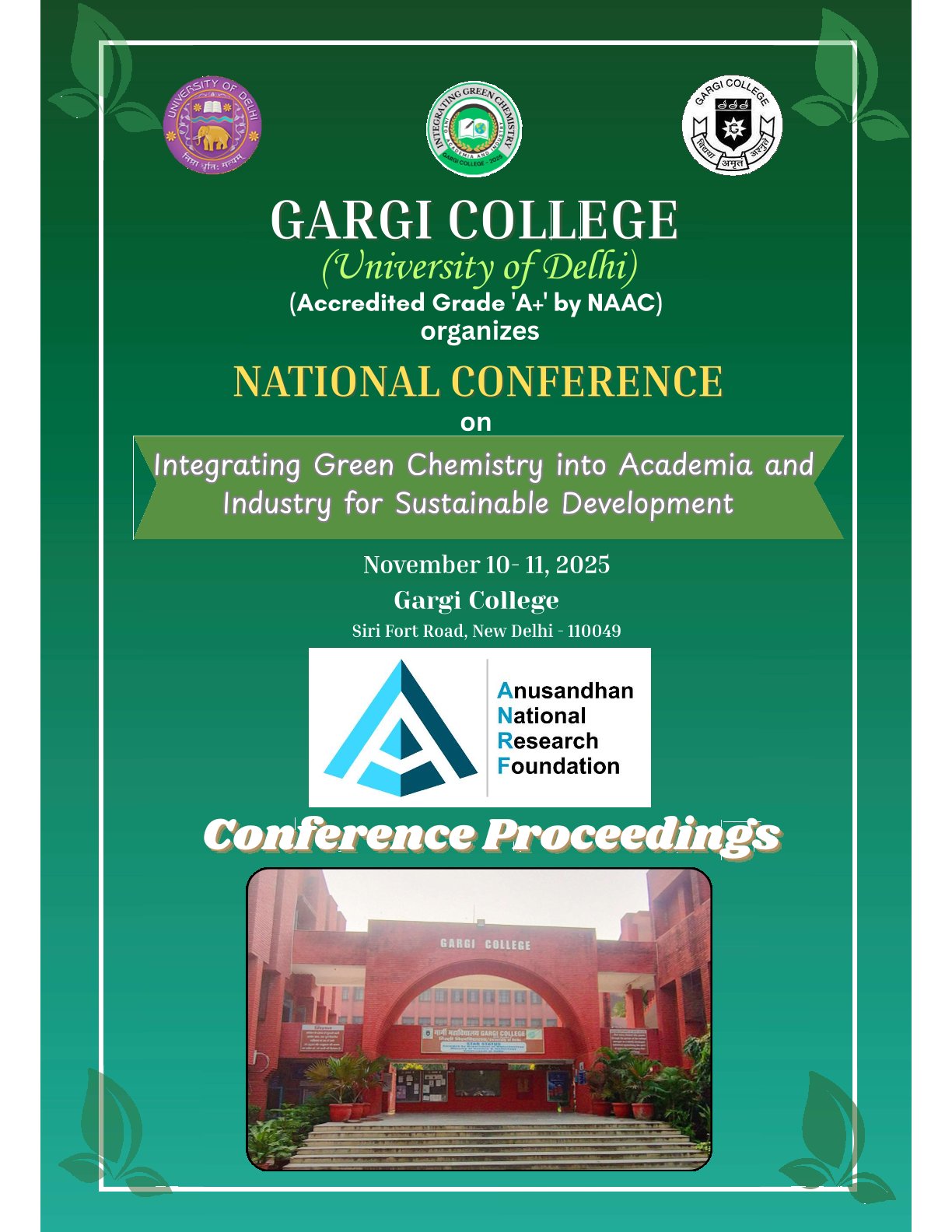Green Cooling Technologies: Addressing Water Consumption Crisis in Artificial Intelligence Infrastructure
DOI:
https://doi.org/10.70130/Keywords:
cooling, Artificial Intelligence, data centres, water, immersion cooling, Environmental Sustainability, Green Chemistry, dielectric fluids, cryogenic cooling , geothermal cooling, radiative coolingAbstract
The exponential expansion of artificial intelligence (AI) technologies has brought about an environmental crisis defined by excessive cooling system water consumption and carbon emissions. Conventional evaporative cooling technologies utilize around 1.5 billion liters of water every day for the world's AI infrastructure, while specific hyperscale data centers consume between 2.5 billion liters every year. This compounds water scarcity in drought-sensitive areas while also leading to thermal pollution. This project explores environmentally friendly replacement technologies for the cooling technologies that are water-intensive. Namely, immersion cooling, free-air cooling, and new heat recovery technologies.
Objectives: To evaluate the environmental impacts of conventional AI cooling technologies and analyse the potential of water-free versions for environmental footprint minimization.
Methodology: A detailed literature review and comparison of cooling technologies conducted to analyze energy efficiency ratios, utilization of water factors, and carbon discharge statistics of hyperscale and enterprise data centers across a number of climate zones.
Results: Immersion cooling showed 91-95% water reduction relative to conventional technologies, while free-air cooling showed 90% or higher energy efficiency for temperate conditions. Heat recovery technologies facilitated thermal energy recovery for co-location facilities. These alternatives lower water consumption by as much as 665 million liters per year per 100MW facility while lowering Power Usage Effectiveness (PUE) from 1.58 to 1.05-1.10, thereby making significant strides towards the vision of sustainable AI infrastructure construction.
Published
Conference Proceedings Volume
Section
Categories
License
Copyright (c) 2025 RSYN Proceedings

This work is licensed under a Creative Commons Attribution-NonCommercial-NoDerivatives 4.0 International License.







